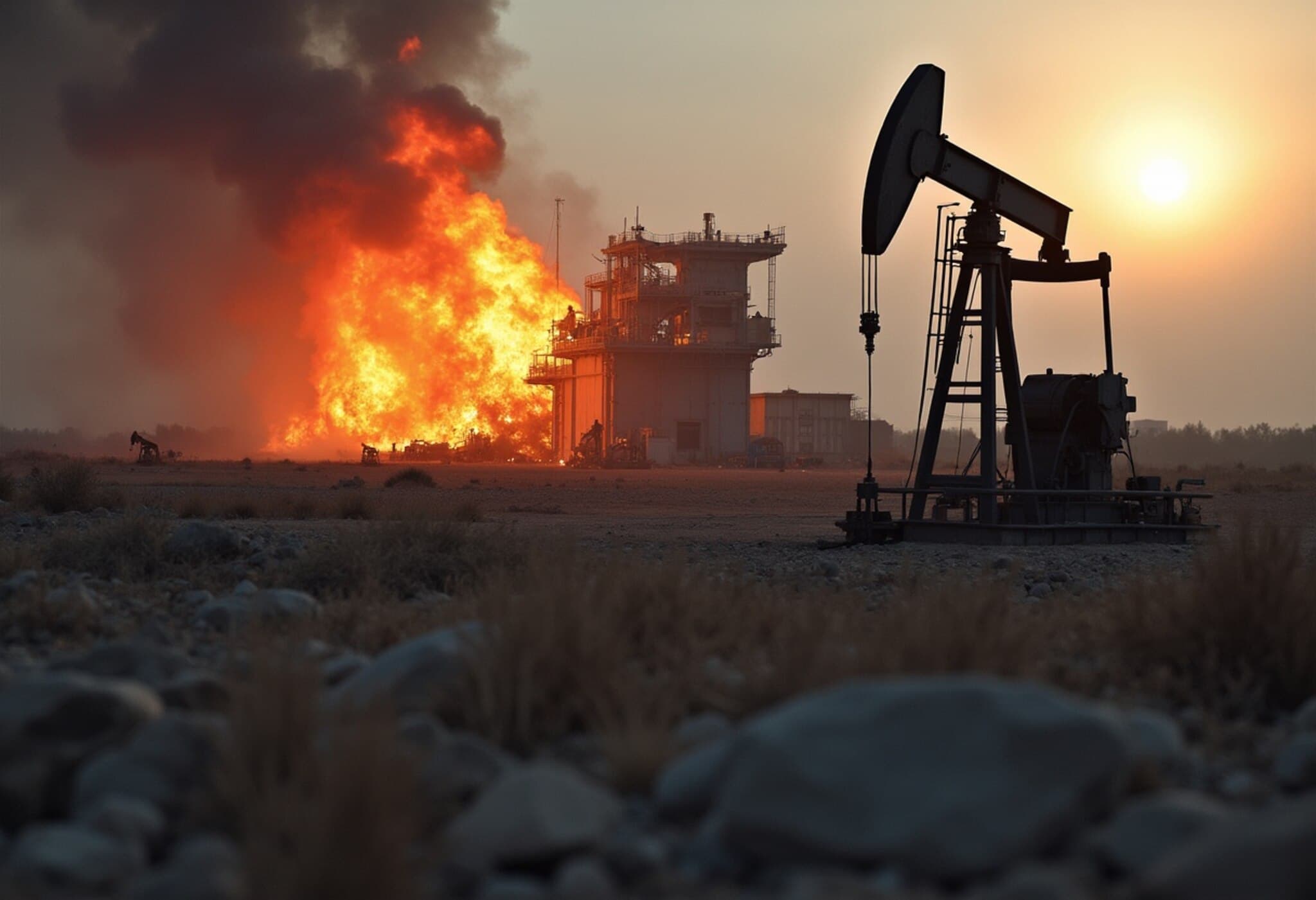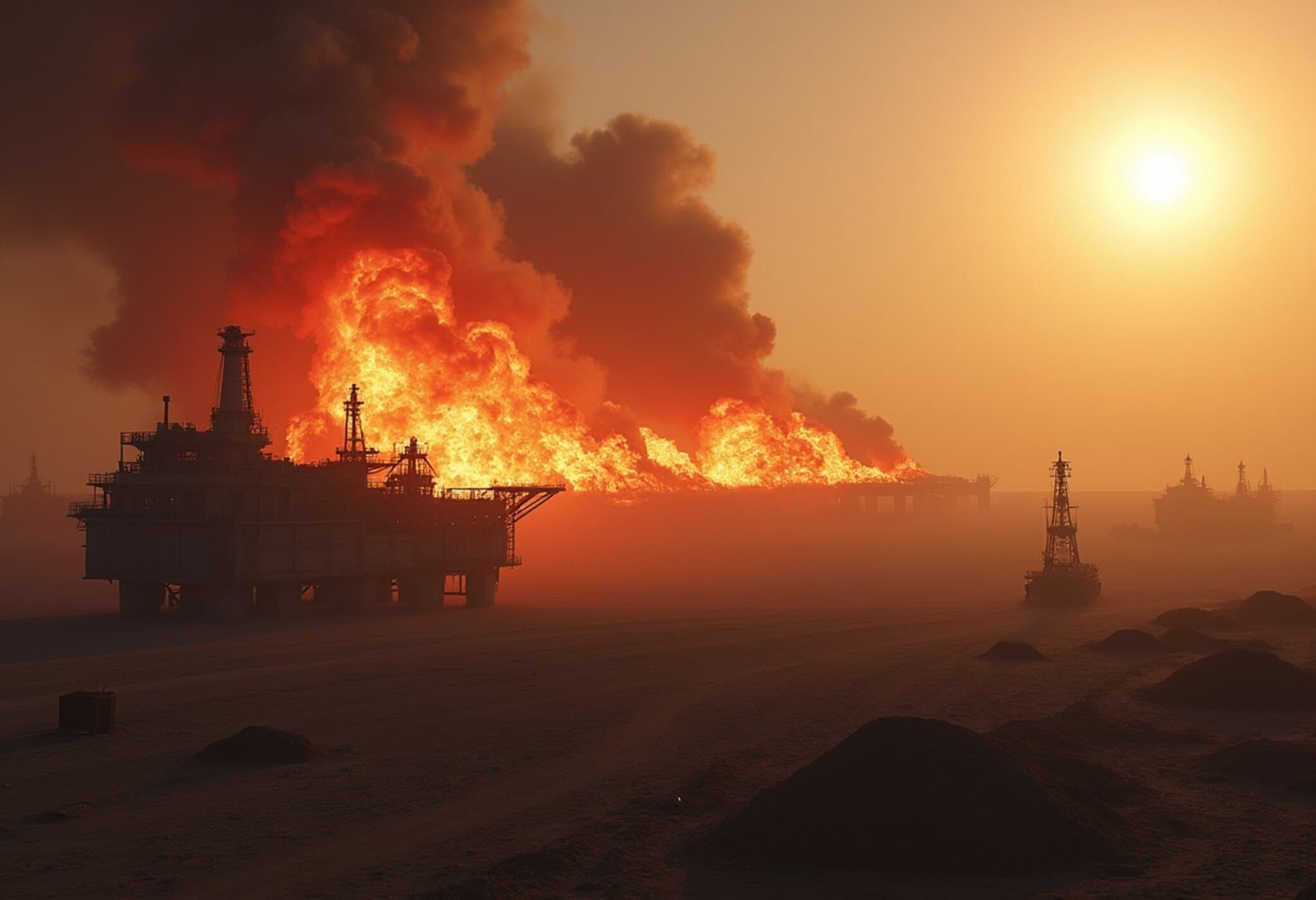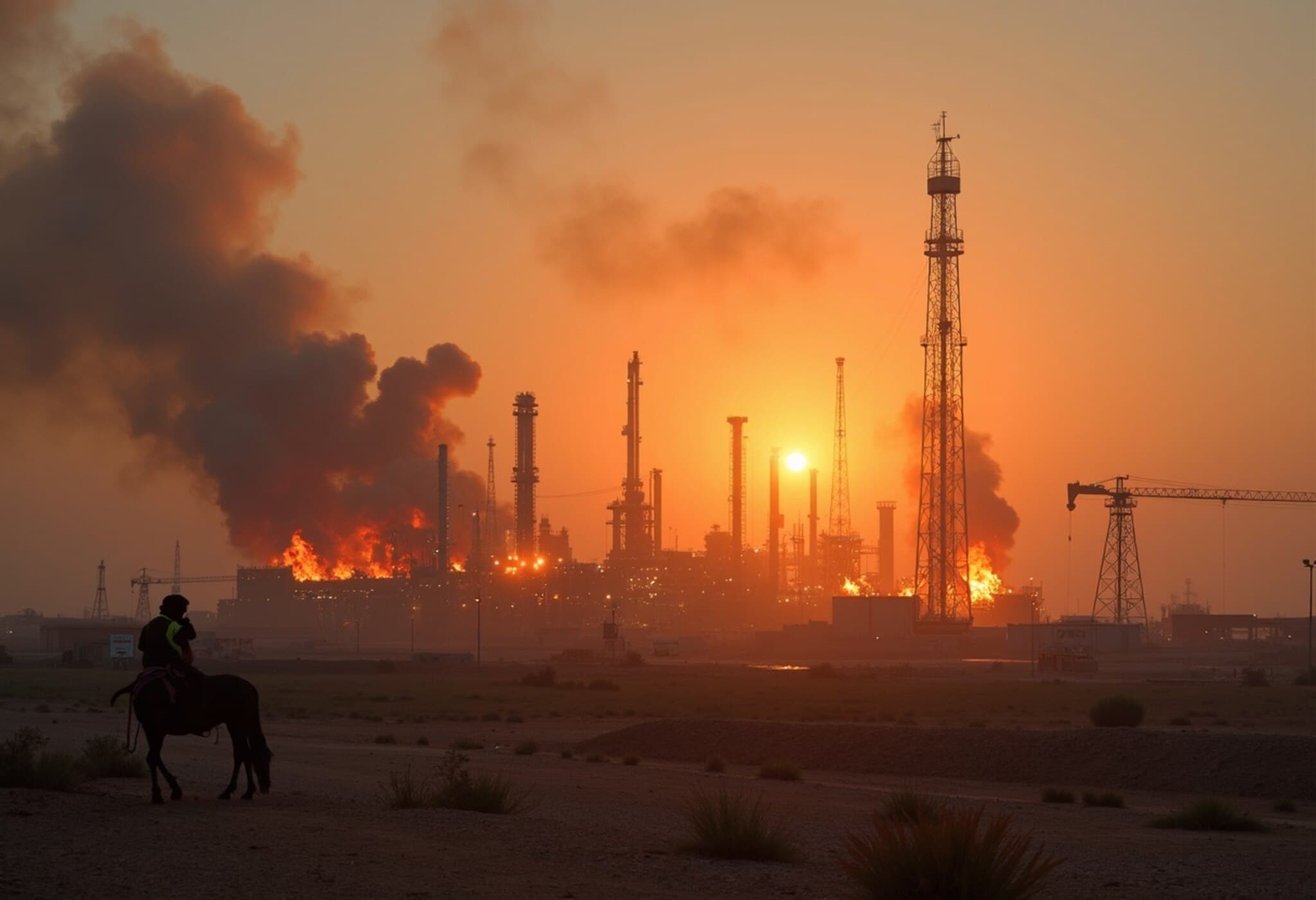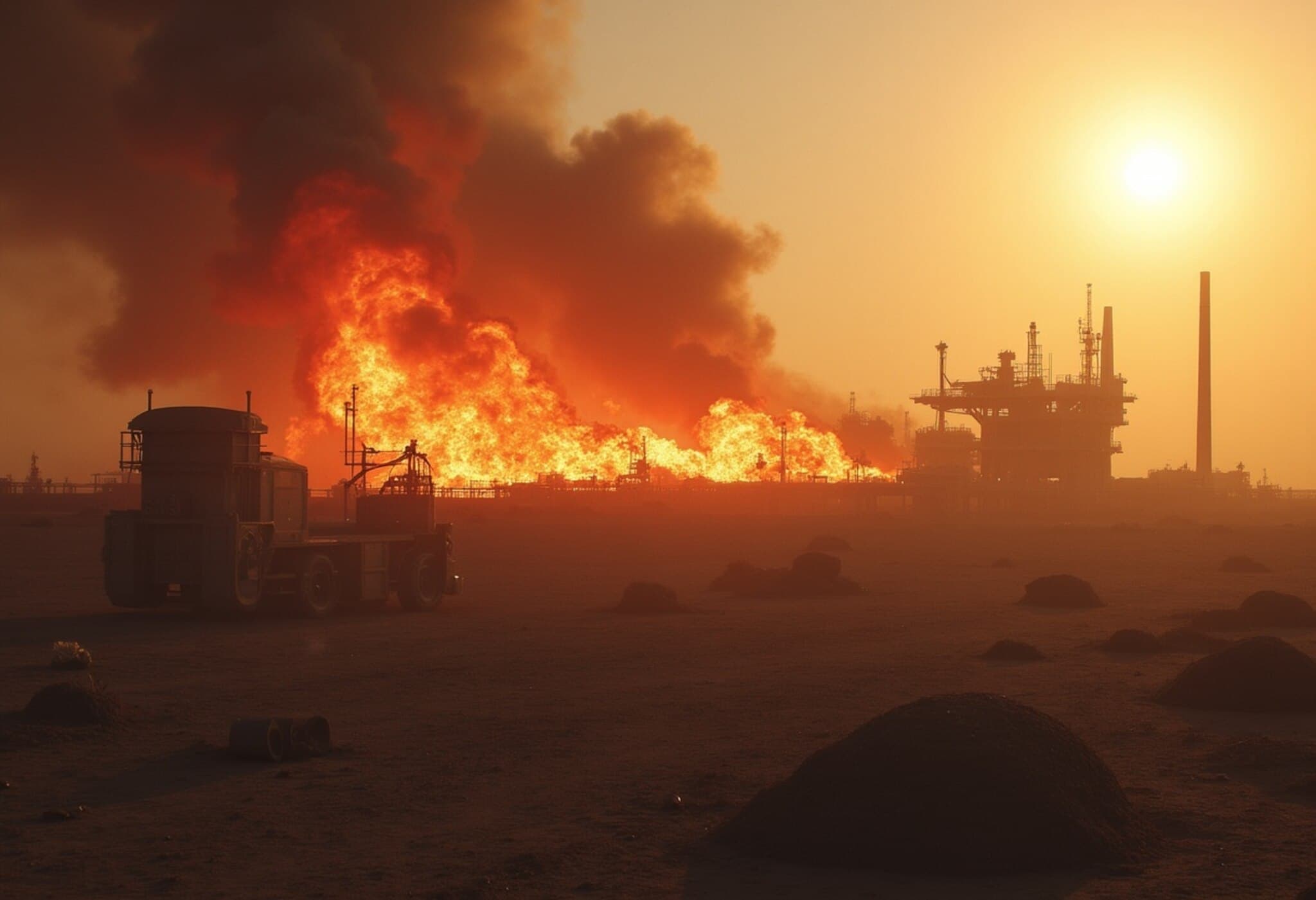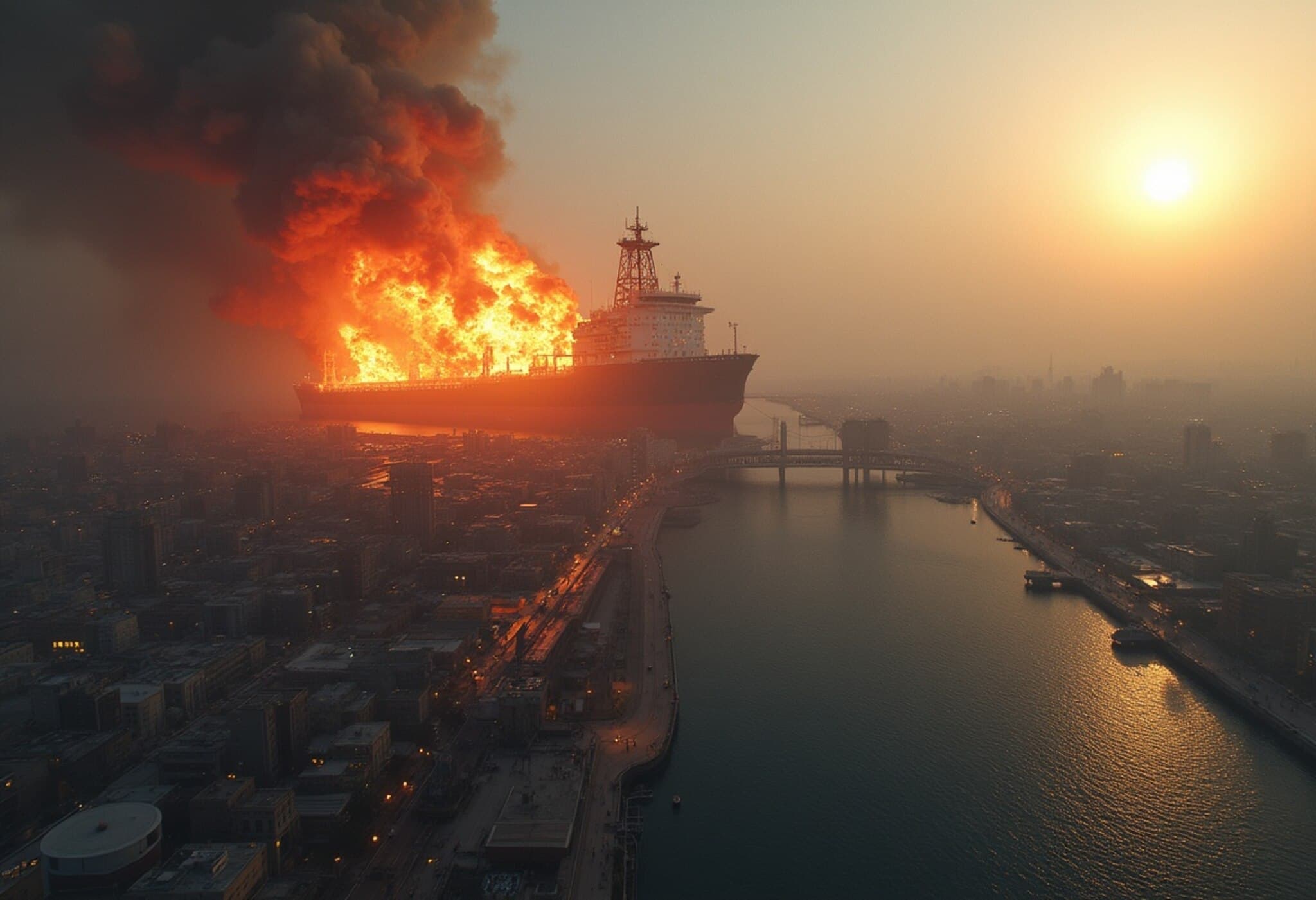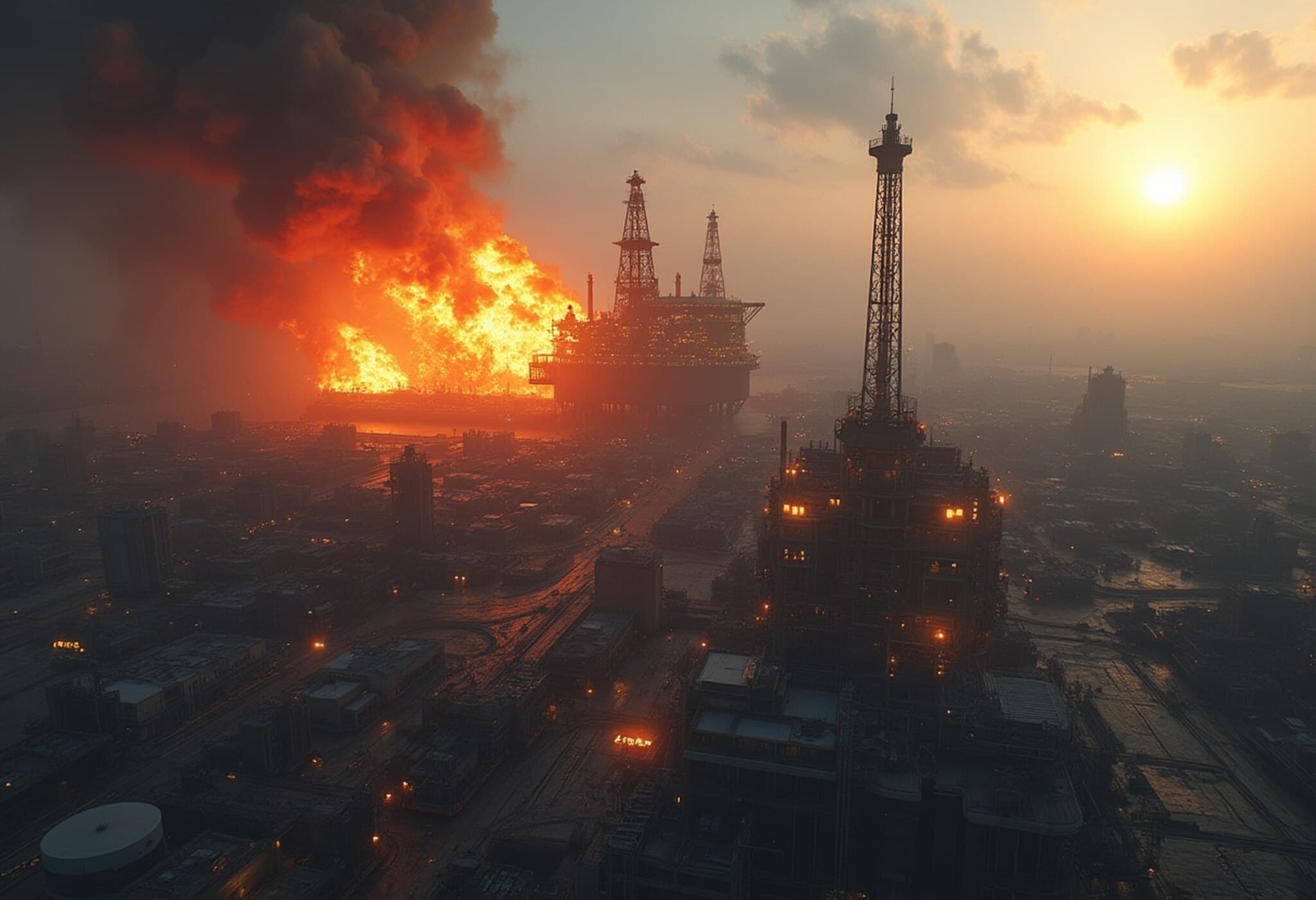Oil Prices Soar Amid Escalating Middle East Conflict
On Monday, oil prices surged to their highest levels in five months while Asian stock markets dropped sharply, triggered by heightened tensions in the Middle East. The conflict intensified after the United States joined Israel in targeting Iran's nuclear facilities, raising fears of broader disruption to global energy supplies.
The Strategic Importance of the Strait of Hormuz
Iran, ranking as the world's ninth-largest oil producer with an output near 3.3 million barrels per day, exports almost half of its production. The potential flashpoint lies in the Strait of Hormuz—a vital maritime chokepoint handling around one-fifth of global oil exports and roughly 20% of liquefied natural gas shipments. Market watchers worry that Iran might retaliate by attempting to close this critical waterway, which could severely disrupt energy flows worldwide.
Market Reactions and Price Movements
- Brent crude climbed by 2.7% to $79.12 per barrel.
- US crude futures rose 2.8% to $75.98 per barrel.
- Asian stock indices declined with Tokyo's Nikkei down 0.6%, Seoul falling 1.4%, and Sydney closing 0.7% lower.
- MSCI's Asia-Pacific index (excluding Japan) dropped by 0.5%.
- European futures also showed weakness with EUROSTOXX 50 futures down 0.7%, FTSE futures by 0.5%, and DAX futures slipping 0.7%.
US stock futures held relatively steady, with S&P 500 and Nasdaq futures declining just under 1%, reflecting cautious investor sentiment amid the unrest.
Currency and Commodity Movements
Gold dipped slightly by 0.1% to $1,363 an ounce amid market volatility. The US dollar strengthened modestly against the Japanese yen, reaching 146.48 yen, and slipped marginally against the euro, settling at $1.1481. Treasury yields rose slightly, with the 10-year note yield increasing by 2 basis points to 4.397%, signaling no immediate flight to traditional safe havens.
What Lies Ahead: Anticipating More Volatility
Investors and analysts brace for further market fluctuations as the geopolitical tension shows no signs of easing. Tehran’s parliament recently approved a measure aimed at closing the Strait of Hormuz, escalating fears of possible disruptions. Historically, Iranian threats to close this passage have been bluffs, but the current geopolitical landscape differs.
Some experts remain cautiously optimistic, hoping that recent restrictions on Iran’s nuclear program or a possible political shift might temper Tehran’s aggressive stance. Yet data from past regional regime changes warns of significant oil price surges, with some episodes seeing price jumps as high as 76% and average increases around 30%.
Commodity strategist Vivek Dhar of the Commonwealth Bank of Australia points out, "A selective disruption targeting shipping lanes is a more likely tactic than an outright closure of the strait, which would also halt Iran’s own oil exports. However, even limited interference could push Brent crude prices above $100 per barrel."
Energy Markets on Edge
Given the Strait of Hormuz’s narrowest width of just 33 km (21 miles) and its role in a quarter of global oil transport, any disruption would have profound implications on supply stability and global market confidence.
With tensions escalating and oil markets already reacting dramatically, traders and policymakers are watching developments closely, aware that the fragile balance in the region could have widespread economic consequences.



